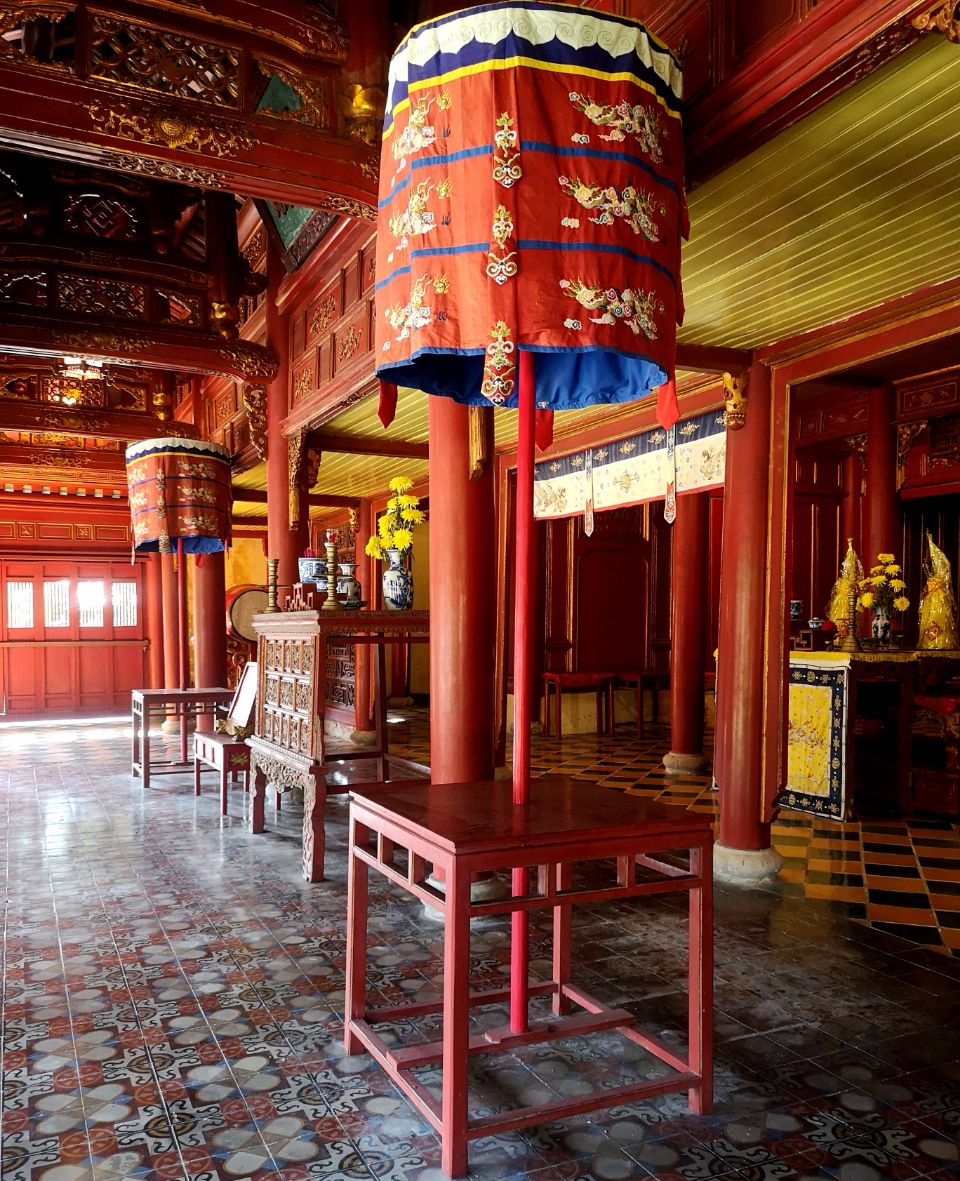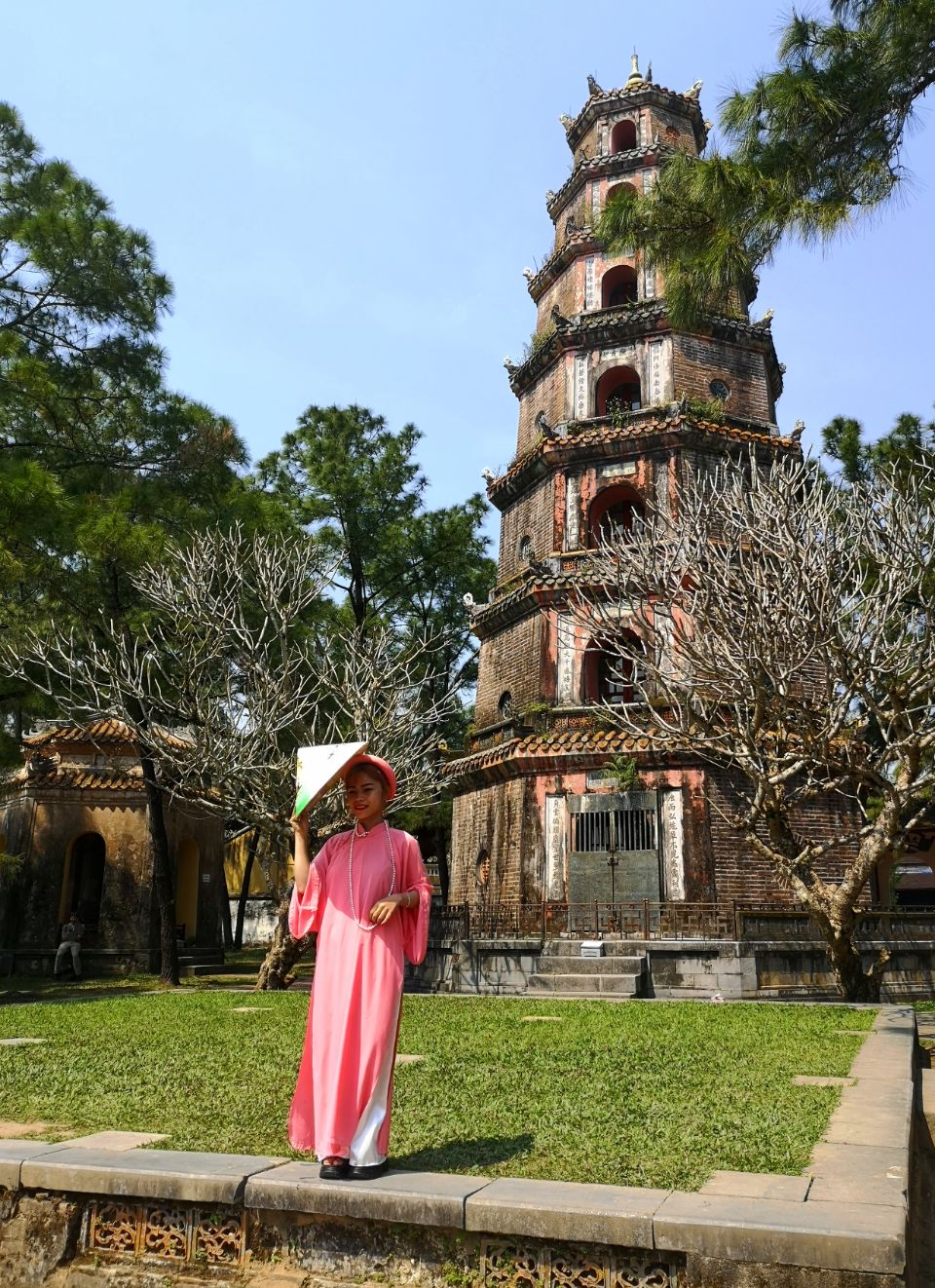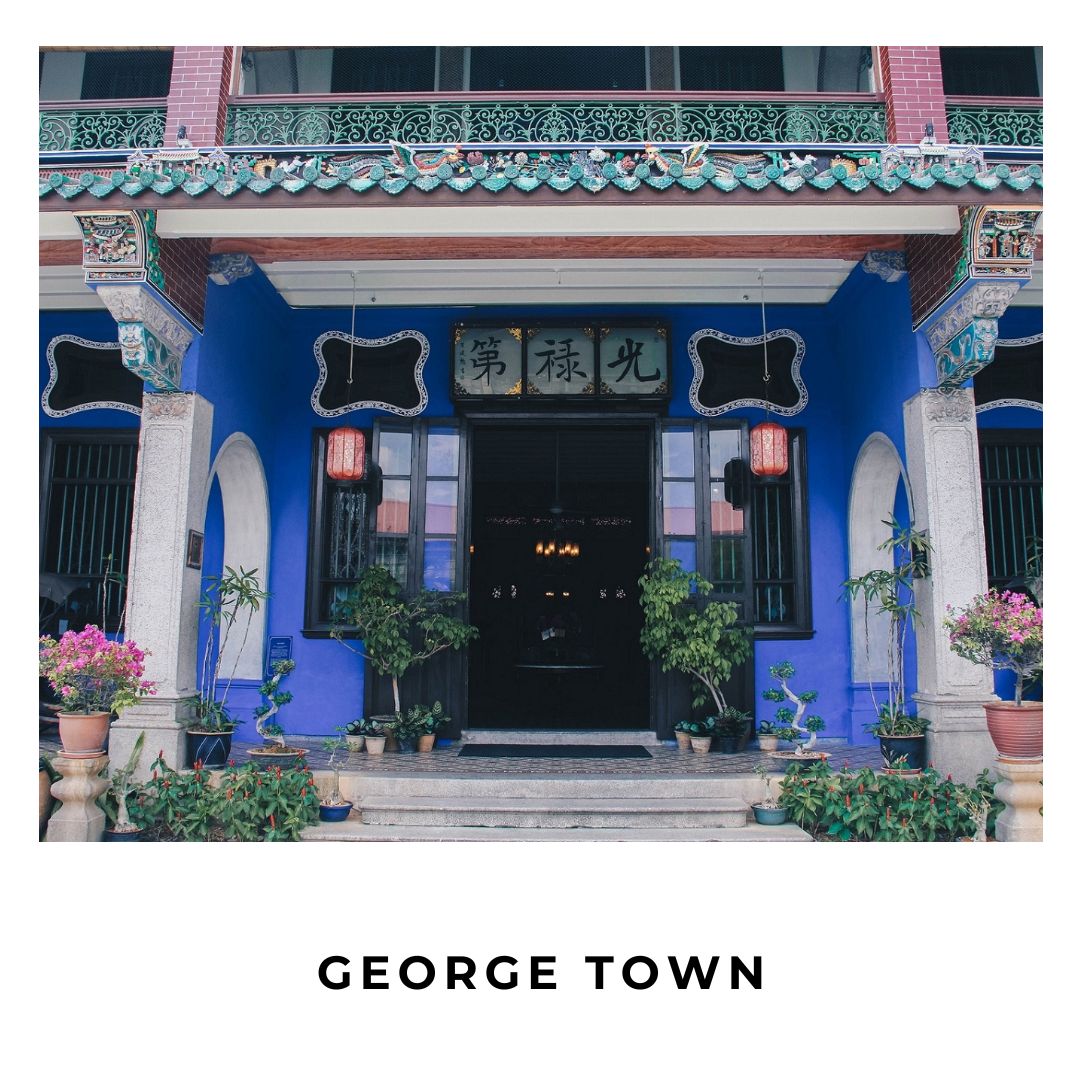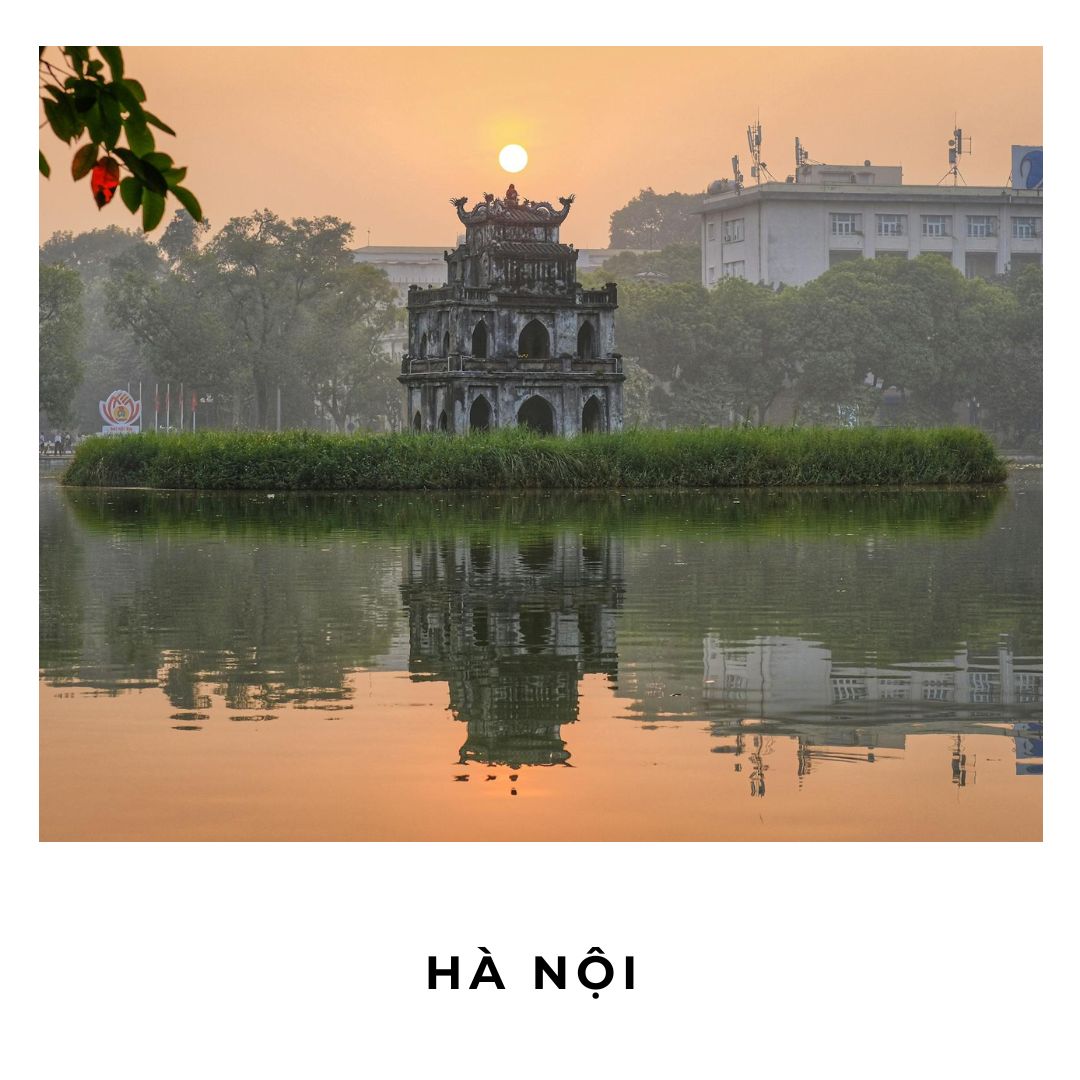Hidden gems and ludicrous encounters
HUE CITY | VIETNAM
One might wonder: how come a place once home of the country's last dynasty has now turned into a tourist attraction? Once a grandiose and opulent property, now reaffirming itself beyond time and dust in the pages of travel guides and tour brochures.
Hue—Vietnam’s former capital of the Nguyen empire—is where tourists come to see the Grand Citadel, a World Heritage Site and the epicentre of Vietnamese royal life between 1804 and 1833.
Surprisingly, the highlight of the visit was a black & white footage of a woman who worked in this enclosure. Beyond the delicate beauty of the emperor’s residence, the many temples and state buildings, there lie the overlooked stories of women whose youth was entirely devoted to the royals via indentured servitude, from cooling down the room of the Queen Mother during hot summer nights to preparing countless ceremonies.
As for the compound itself, only 20 of its 148 buildings survived, and many parts seemed abandoned to restoration plans that never moved forward… One might wonder: how come a place once home of the country’s last dynasty has now turned into a tourist attraction? Once a grandiose and opulent property, now reaffirming itself beyond time and dust in the pages of travel guides and tour brochures.
Half an hour away by motorbike, hidden in the solitude of the rural area, I found a gem that didn’t make it to my Lonely Planet but was well worth a visit: an abandoned water park built in 2012, home to a giant dragon, shattered aquariums, and long water slides.
On the way there, I came across a local wearing convincing policeman clothing and refusing entry to the few wonderers. Pressed by the weight of authority, I was about to turn around when it occurred to me that Vietnam doesn’t have funds to pay the police to guard any unofficial State’s property, let alone these decadent structures dramatically taken over by nature. I had company and felt safe to keep walking, pretending I couldn’t understand the imposter, intrigued by what would happen… And indeed, when we looked back, he was chuckling, knowing we had figured him out: he was just trying his luck, hoping someone would attempt to bribe him! It’s almost amusing the lengths people are willing to go to and the limits they will violate to make a living in less wealthy parts of the world.
Another uncanny situation awaited me as I was walking the Zen Garden of old Thien Mu Pagoda: I expected the gentle humming of birds and the refreshing sound of a water stream, but instead, I was presented with loud, upbeat music echoing in all directions from a locals’ gathering. It remains a mystery the enthusiasm they share for karaoke at any given time or place…
As I didn’t yet feel comfortable driving a scooter in this part of the world, I reached my next stop by a noisy yet comfortable train. The first part of this three-hour journey was between mountains, the second half along an untouched coastline. Little did I know that this would be among the shortest transport rides in 9 months of backpacking. For instance, while one can cover the entirety of the Portuguese coast in 7 hours by train, the “express” counterpart from Ho Chi Minh City to Hanoi takes between 33 to 37 hours!
If there’s one realisation I took with me from venturing into Southeast Asia, it’s how much distances differ across the world and how our perception of them changes once we have endured inconceivably long voyages, from a standard 8 hours (to get to the nearest big city or land border) to staggering 18-hour routes! A challenge to even the heaviest, most adaptable of sleepers…
photo gallery




































